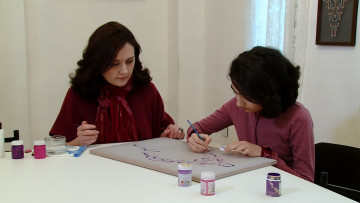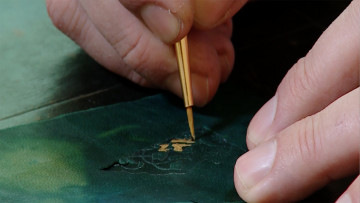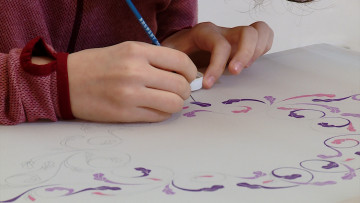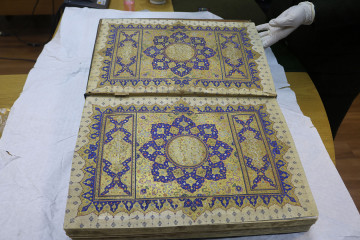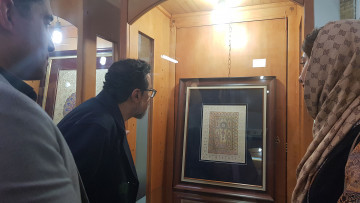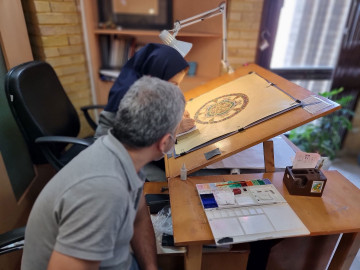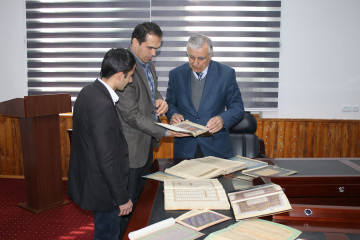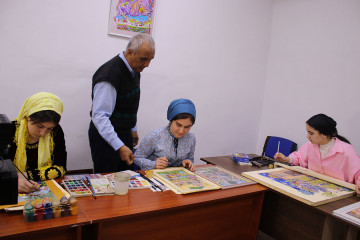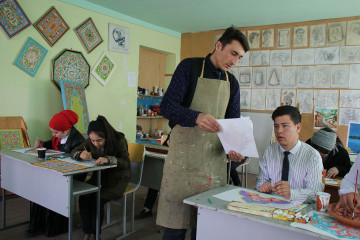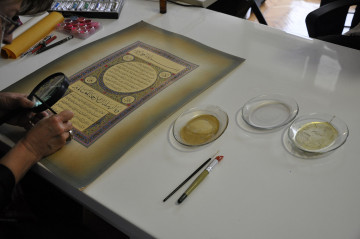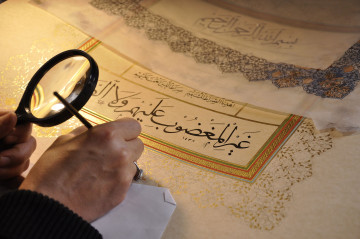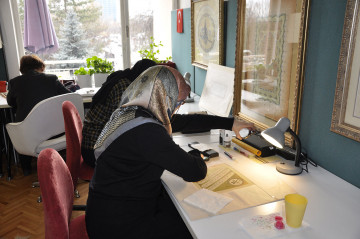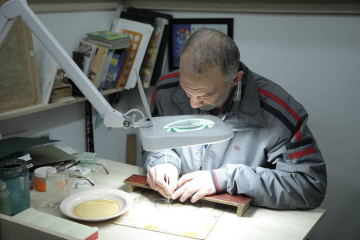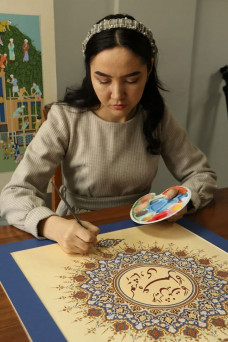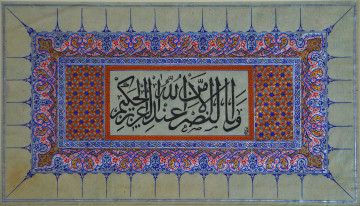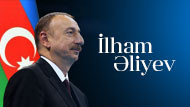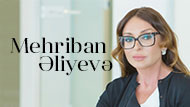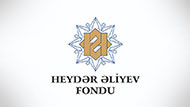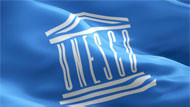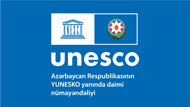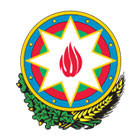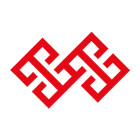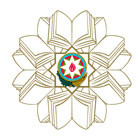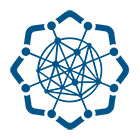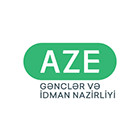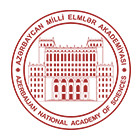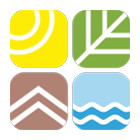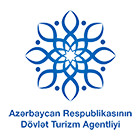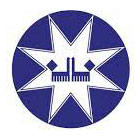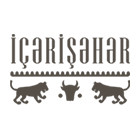Art Illumination: Təzhib/Tazhib/Zarhalkori/Tezhip/Naqqoshlik
Illumination is a centuries-old decorative art practised on the pages of manuscripts, calligraphic texts and miniatures. The main component is gold leaf or gold paint, both of which entail specific knowledge and techniques. Natural pigments are also used, and synthetic paints such as watercolour or gouache have become widespread in recent years. Today, traditional and contemporary interpretations of the element can be seen in manuscripts, miniatures and calligraphy as well as in stand-alone pieces of art. The practice is transmitted through apprenticeships as well as through formal and non-formal education, including in many universities, academies, research centres, and public and private workshops. The colours, patterns, and motifs used have symbolic meanings, and it is common to embellish religious texts, literary and historical manuscripts, marriage deeds and even commercial treaties with illuminations. The practice is therefore closely tied to the beliefs and cultural practices of communities. Illumination strengthens the sense of cultural continuity for communities at national, regional and international levels. And as the traditional knowledge and methods of illumination are also used in the restoration of ancient manuscripts and folios, the practice also contributes to the preservation of historical and cultural objects and to their safeguarding for future generations.
The nomination Art Illumination was included on the Representative List of the Intangible Cultural Heritage of Humanity, Botswana (2023). Azerbaijan, Iran, Türkiye, Tajikistan and Uzbekistan joined to the nomination.

